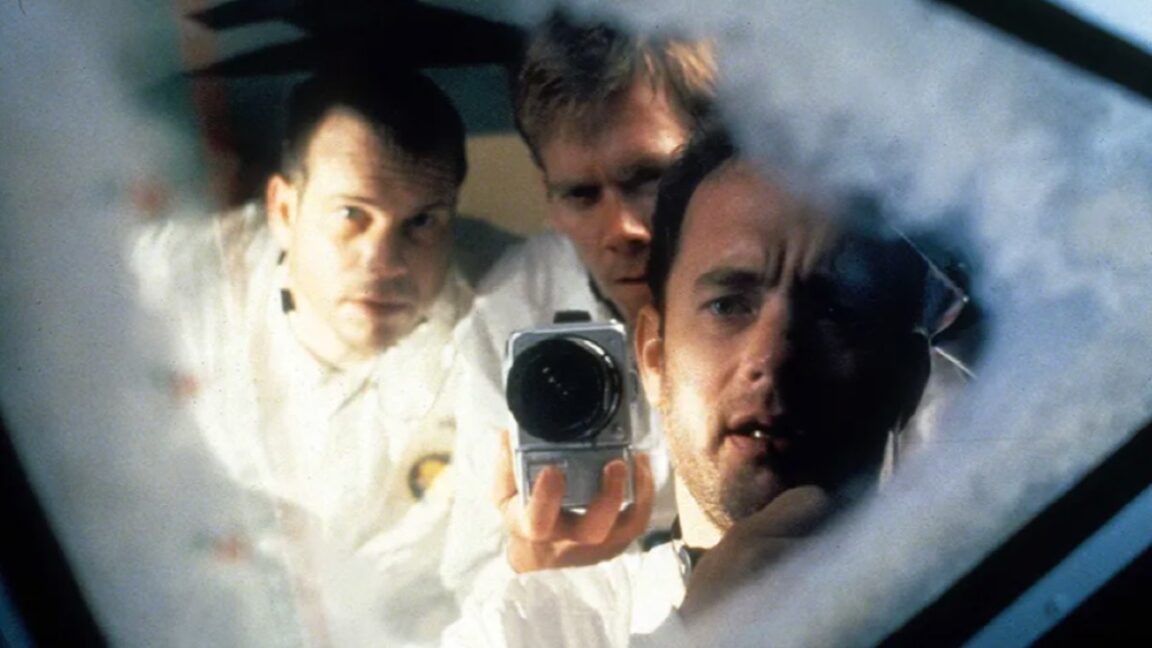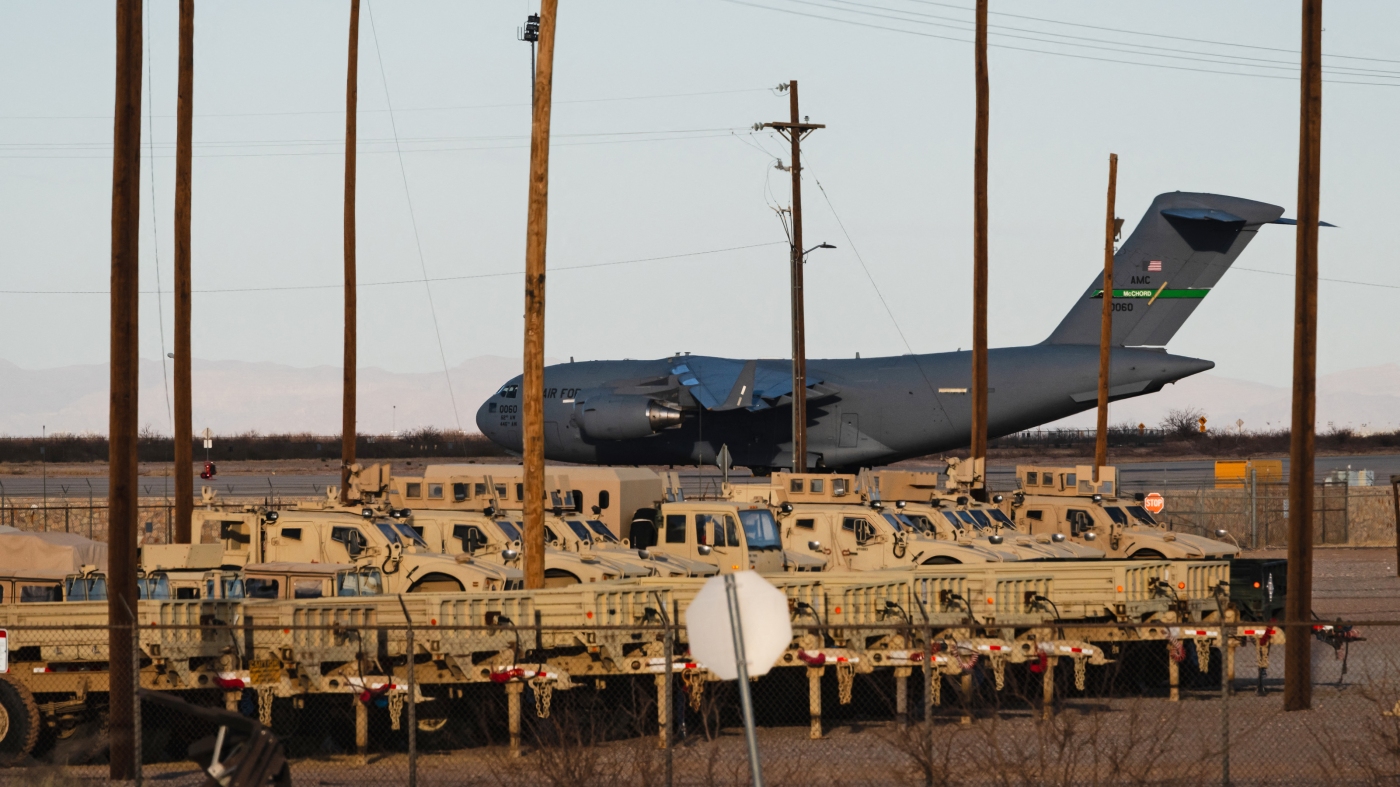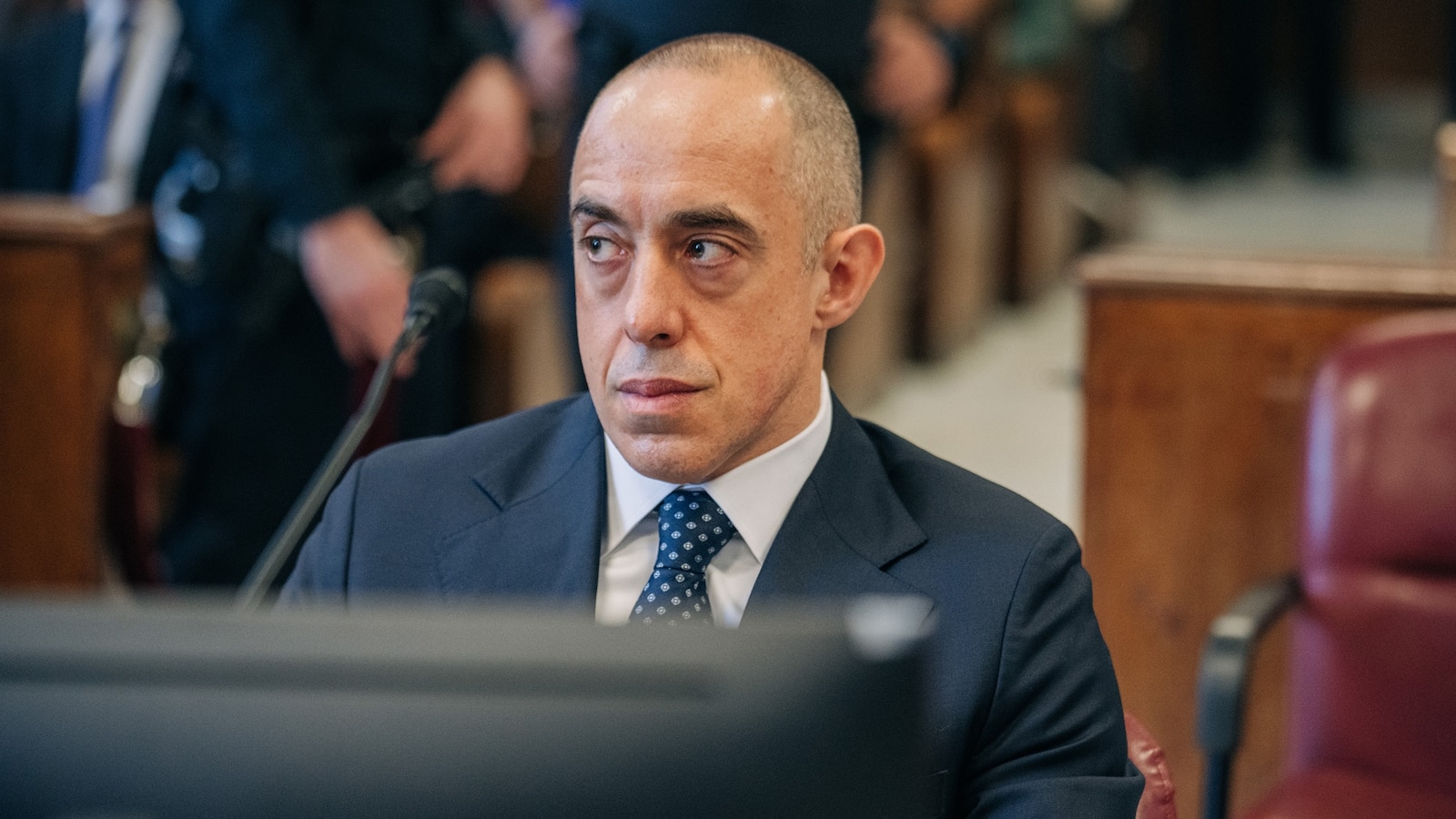Celebrating 30 Years of “Apollo 13”: A Cinematic Tribute to NASA’s Triumph

This year marks the 30th anniversary of the 1995 Oscar-winning film, Apollo 13, directed by Ron Howard. The film serves as a masterful homage to NASA’s Apollo program and the eponymous space mission, which turned a near-catastrophe into a “successful failure.” As we revisit this cinematic classic, we delve into the film’s portrayal of American science, ingenuity, and the human spirit.
Apollo 13 is a dramatized retelling of the aborted 1970 lunar mission that captivated the world. The mission, led by astronaut Jim Lovell, played by Tom Hanks, was initially set to be a routine journey to the Moon. However, it quickly became a life-and-death struggle to return home safely after a critical in-flight malfunction.
The Story Behind the Film
The film opens with Jim Lovell hosting a watch party for Neil Armstrong’s historic first steps on the Moon in July 1969. Lovell, initially slated to command the Apollo 14 mission, is thrilled when he and his crew—Ken Mattingly (Gary Sinise) and Fred Haise (Bill Paxton)—are reassigned to Apollo 13. His wife, Marilyn (Kathleen Quinlan), however, is less enthusiastic, wary of the number 13.
As the launch date approaches, a last-minute crew change occurs when Mattingly is grounded due to potential exposure to measles. Backup astronaut Jack Swigert (Kevin Bacon) steps in, much to his delight. Despite this setback, the mission proceeds smoothly at first, with the public largely disinterested in what they perceive as routine space travel.
A Mission Turned Crisis
The mission takes a dramatic turn when an electrical short causes an explosion in one of the oxygen tanks. With the second tank venting oxygen into space, the crew is forced to evacuate the command module, Odyssey, and take refuge in the lunar module, Aquarius. The goal shifts from landing on the Moon to surviving the journey back to Earth.
Faced with dwindling resources, freezing temperatures, and rising carbon dioxide levels, the astronauts must overcome interpersonal tensions and technical challenges. A critical moment arrives when they execute a manual course correction without the aid of a navigational computer, a tense sequence that keeps audiences on the edge of their seats.
“Houston, we have a problem,” the now-famous line, underscores the gravity of the situation and the calm determination of the crew and support teams.
The Real-Life Heroics
The real Apollo 13 mission, launched on April 11, 1970, was a testament to NASA’s expertise and the astronauts’ resilience. The explosion occurred two days into the mission, and for the next four days, the world watched as NASA’s team worked tirelessly to devise a plan to bring the astronauts home safely.
Experts highlight that the mission’s success lay in the rigorous training and problem-solving skills of both the crew and ground control. According to Dr. Robert Pearlman, space historian and editor of CollectSPACE, “Apollo 13 demonstrated the importance of preparation and the ability to adapt under pressure.”
Legacy and Impact
The film Apollo 13 not only brought the mission’s drama to a new generation but also celebrated the collaborative spirit that defined NASA’s Apollo program. It highlighted the human capacity for innovation and perseverance in the face of overwhelming odds.
As the film turns 30, its legacy endures, inspiring audiences and reminding us of the extraordinary achievements of the Apollo era. The story of Apollo 13 continues to be a beacon of hope and a testament to the power of human ingenuity.
Looking forward, the lessons learned from Apollo 13 remain relevant as NASA embarks on new missions, including the Artemis program aimed at returning humans to the Moon and beyond. The spirit of Apollo 13 lives on, encouraging us to reach for the stars while preparing for the unexpected challenges that come with exploration.






